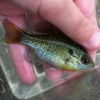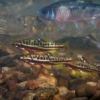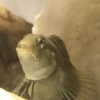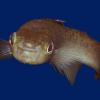I dipnetted in the Clam River, a tributary of the St. Croix River, in Burnett County, Wisconsin at the beginning of August. Mostly got Tadpole Madtoms, Common Shiners, Mimic Shiners, Bluntnose Minnows and probably a few other fish species, along with tons of crayfish and insects. I've spent some time googling and reading, but remain unsure of most of the invert IDs. If anyone knows what these photos show, please let me know.
I can't decide what species the crayfish might be. Wisconsin has Cambarus diogenes, Orconectes immunis, O. luteus, O. propinquus, O. rusticus, O. virilis, Procambarus acutus acutus, and P. gracilis (according to http://iz.carnegiemn...s/wisconsin.htmand other sites I've looked at).
Crayfish 1

Crayfish 2. I don't know if this blue crayfish is the same species as the other:
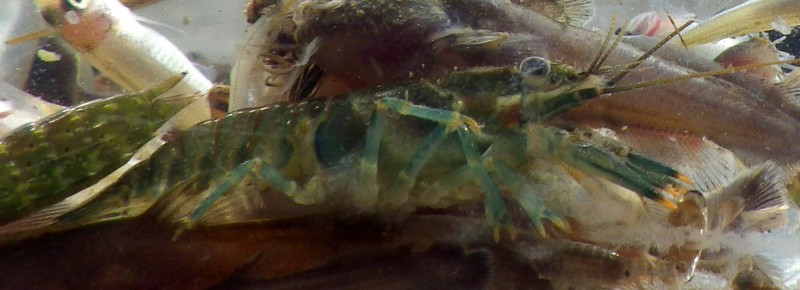
Then there are the insects.
I believe the green nymph is a dragonfly naiad, but don't know which species (or even if it's possible to say). There's also the little guy in the lower right corner that I didn't even notice until just now.
Photo 3:

Photo 4: Another nymph? Other insect?
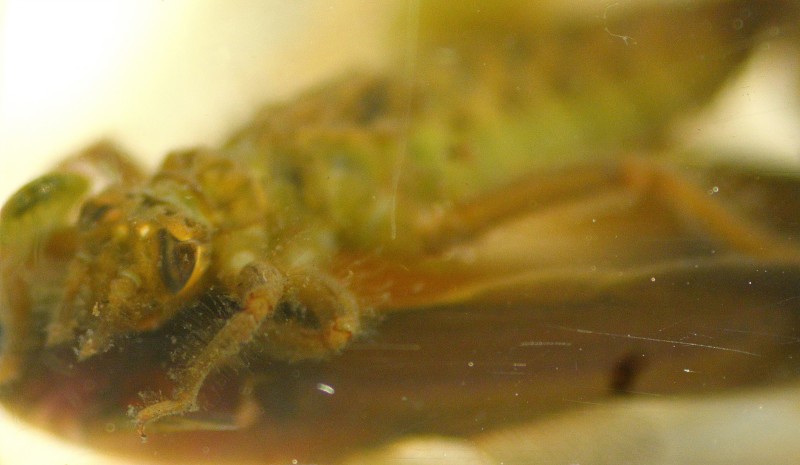
Photo 5: The dragonfly, some Ranatra (water scorpions) (I think), and what's the green guy with red eyes?

Photo 6: Another shot of the Ranatra, with knives out.
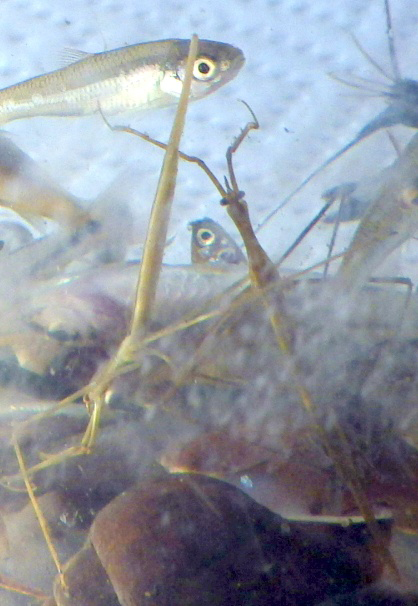
Anyone with better knowledge than me, please chime in! If you see any creatures in the shots that I didn't mention, and you know what they are, I'd love to know.



